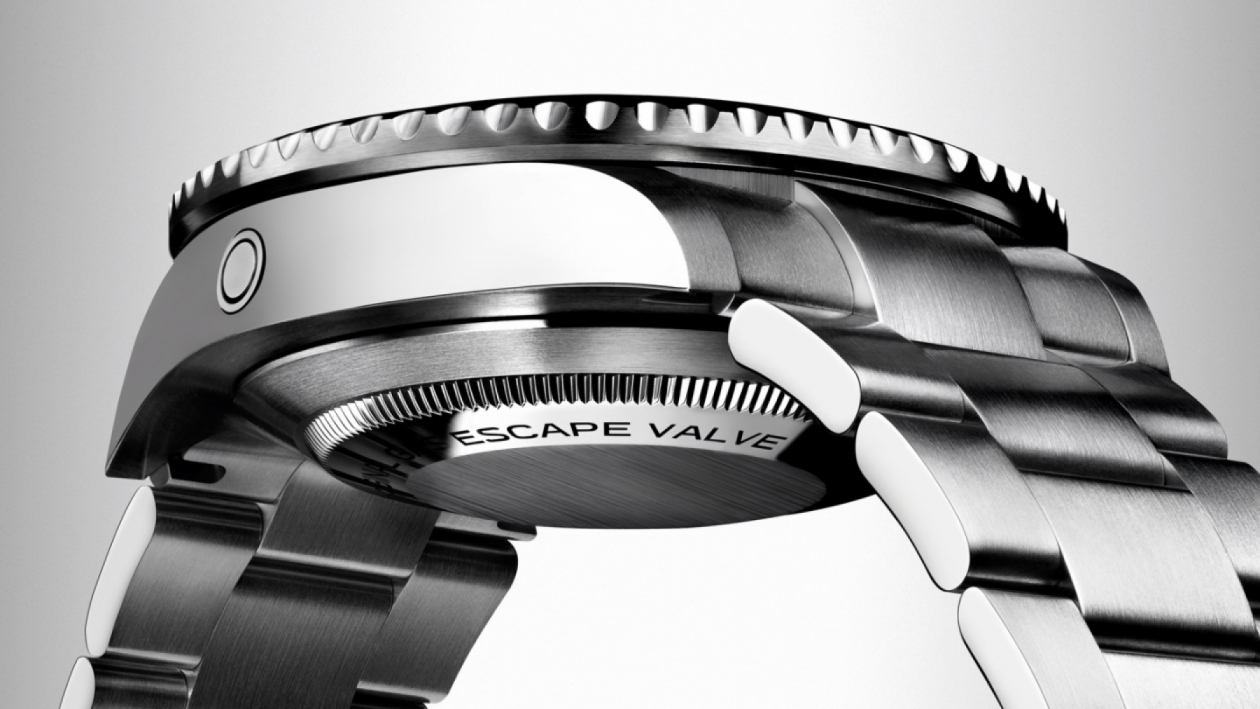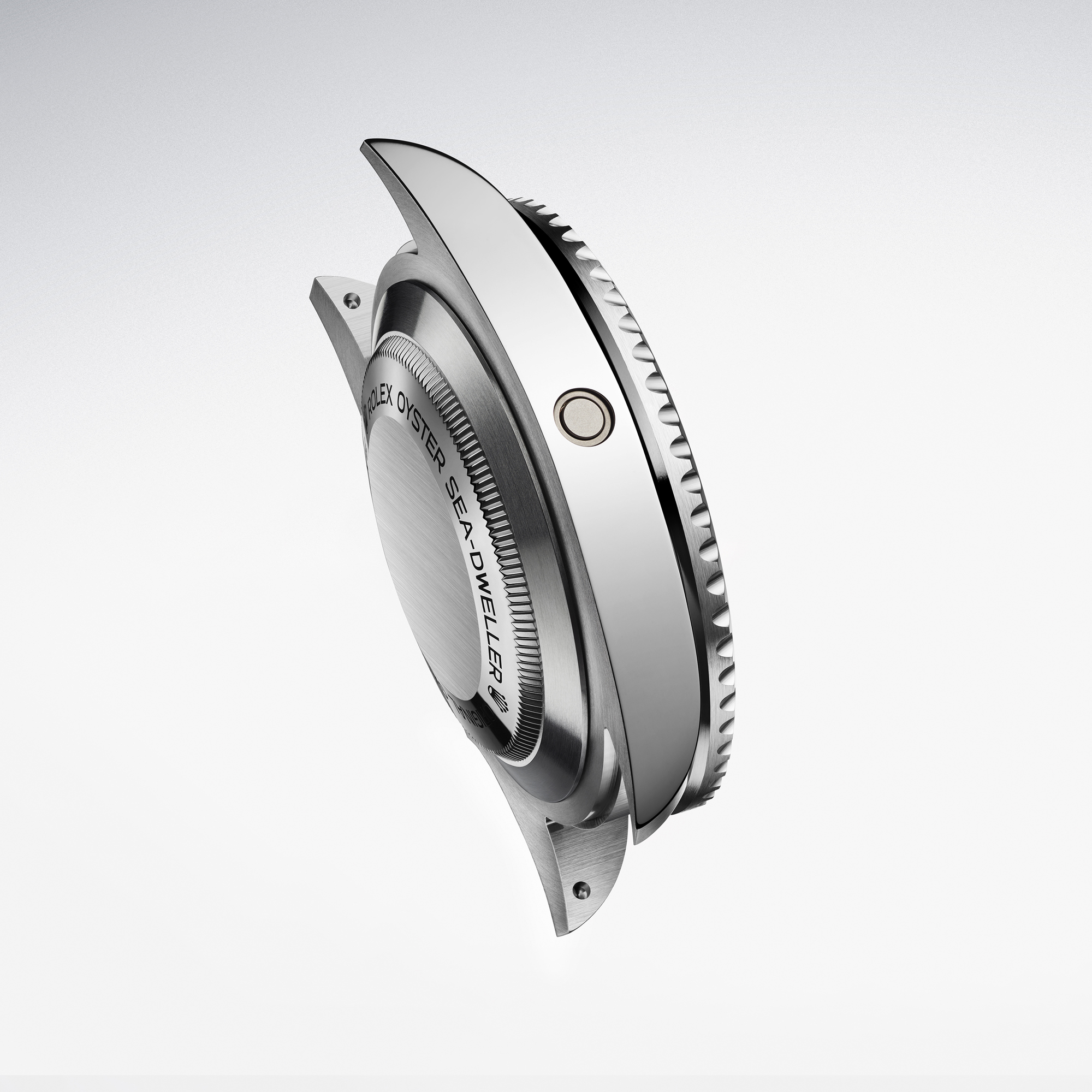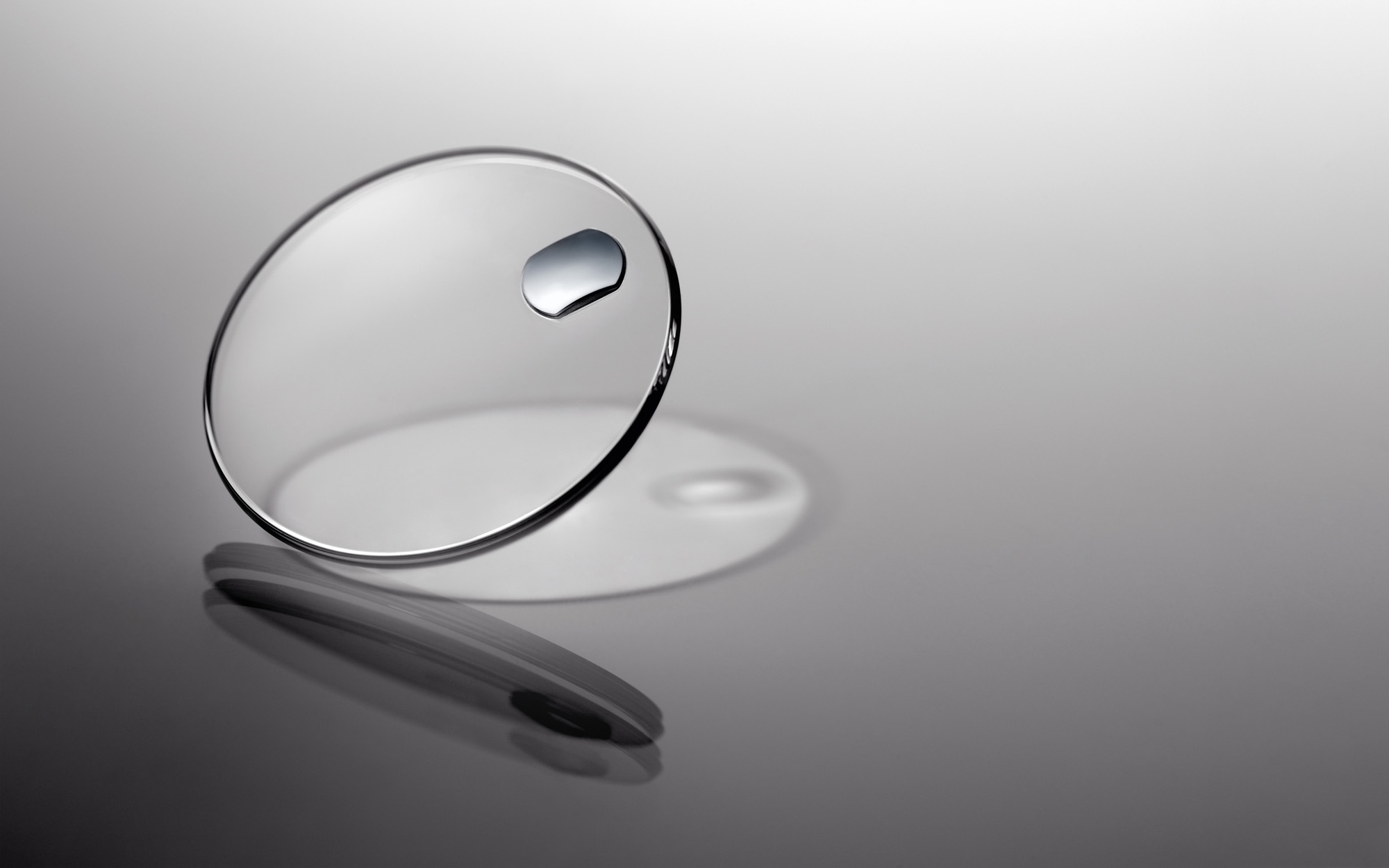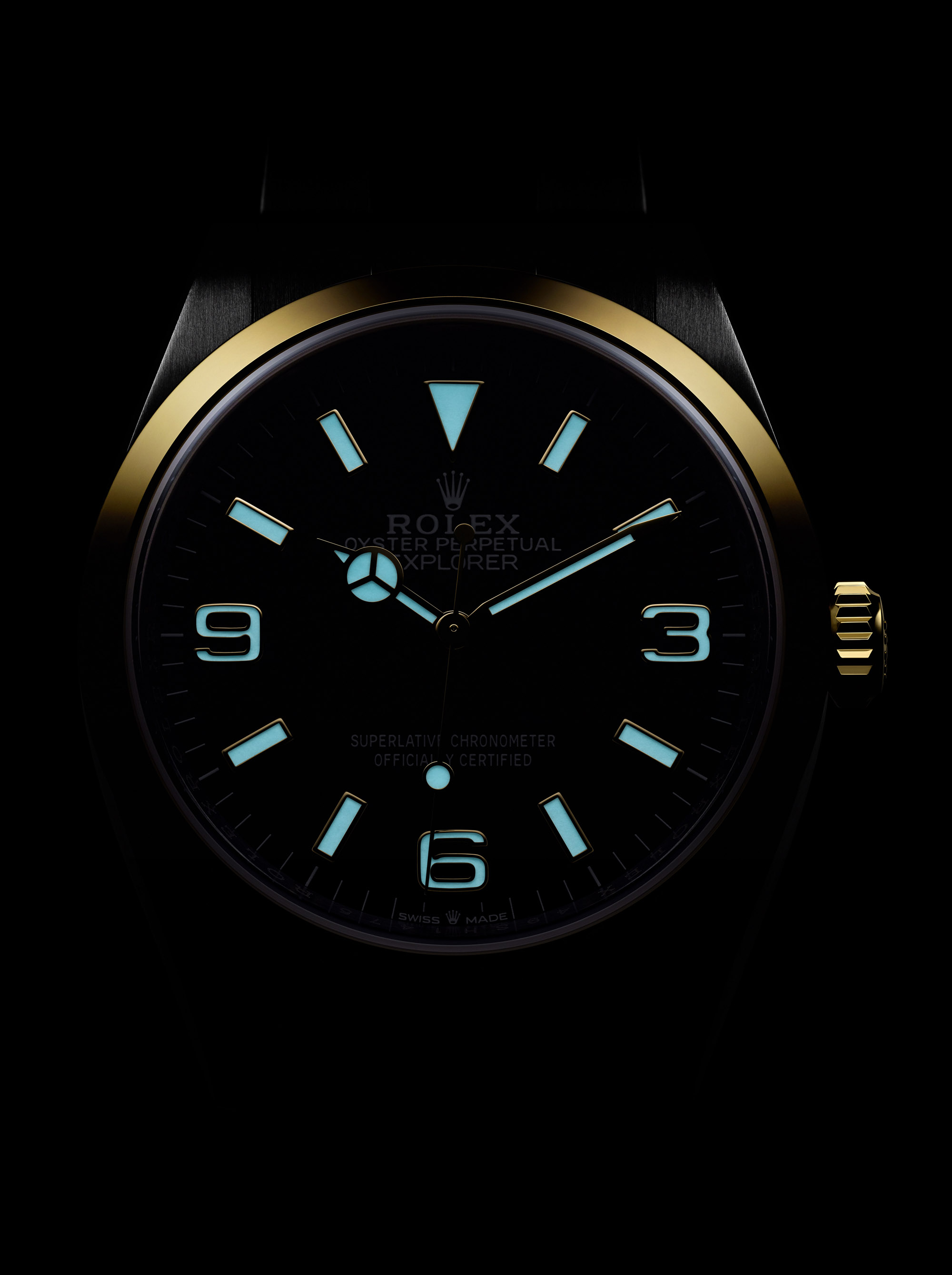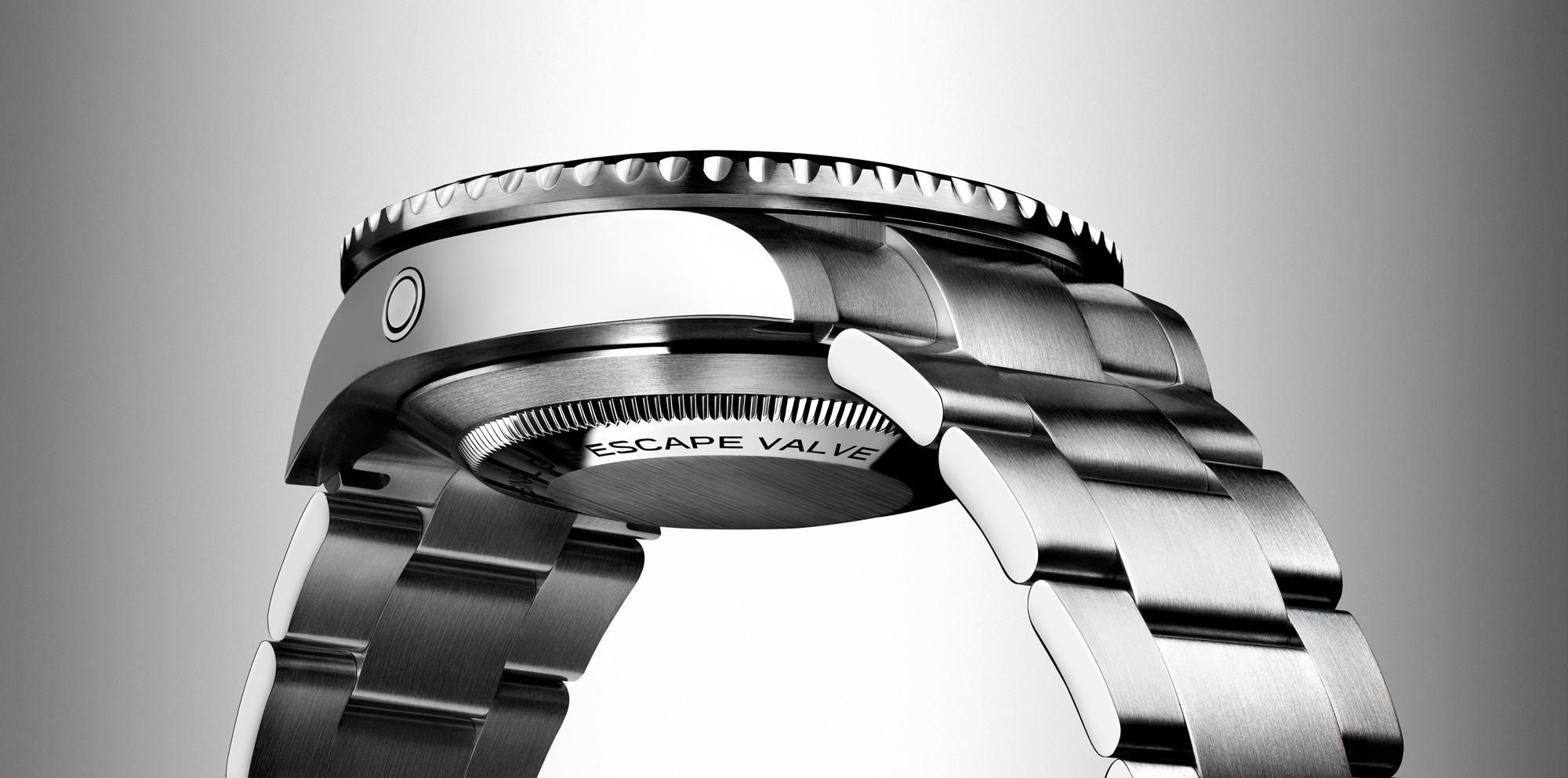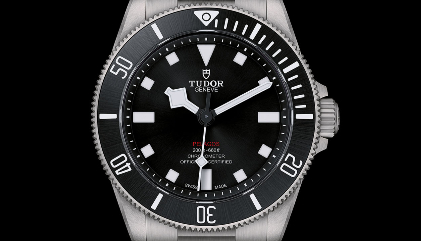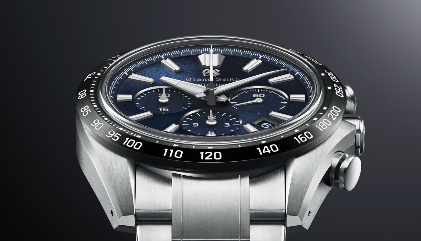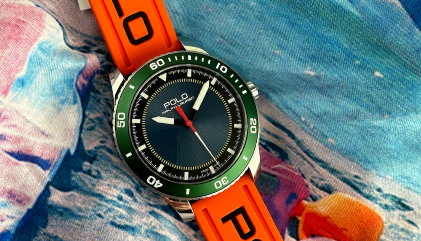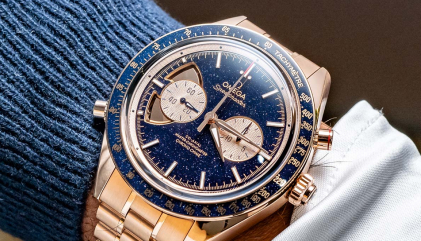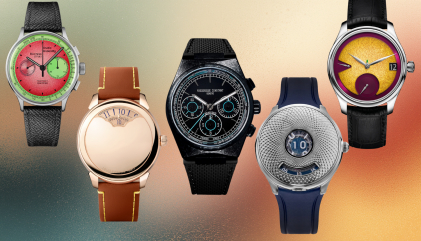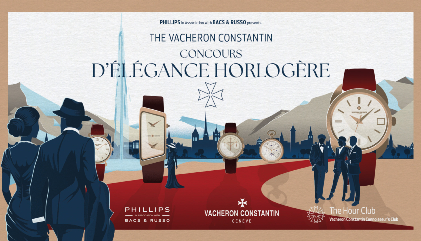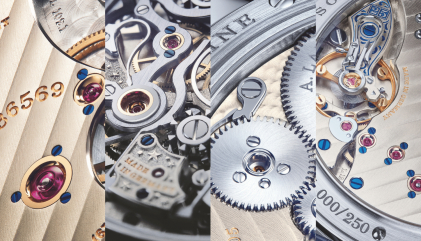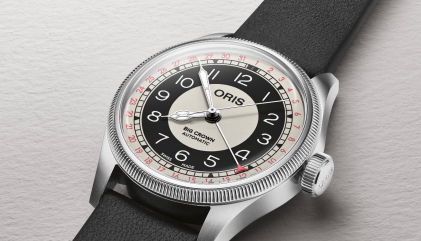When it comes to understanding why Rolex demands the kind of respect it does, one has to keep in mind the history and expert craftsmanship it has showcased during its many years of existence. From the many successful innovations and creations it has offered to the watch industry, the most noteworthy of them all is the Rolex Oyster case.
Developed in 1926, the Rolex Oyster (as was named by the brand then), was the world's first workable waterproof and dust-proof watch case that revolutionised the watch industry in more ways than one. It not only secured the transformation of the wristwatch from a delicate female watch to a sturdy men's accessory but also effectively became a symbol of robustness and waterproofness. This feature of the Rolex Oyster case has stood the test of time, so much so, that most of the watches that come out of the Rolex manufacture have “Oyster” written on the dial.
A major milestone not just for the brand but also watchmaking as a whole, the Rolex Oyster features a hermetically sealed case, winding crown, cyclops lens, fixed or rotatable fluted bezel, a helium-escape valve for the Sea-Dweller and Rolex Deepsea timepieces and finally the Chromalight display. Today we will be taking you through the many parts of the Rolex Oyster case to help you better understand why it is one of the most important inventions of the watchmaking world.
Oyster Case:
Starting from the top, the Rolex Oyster case is hermetically constructed that guarantees a water resistant of 100 metres (330 feet) to 300 metres (1,000 feet) for the Submariner and Submariner Date timepieces, 1220 meters (400 feet) for the Sea-Dweller and 3,900 meter (12,800 feet) for the Deepsea collection. It also features a solid middle case that is stamped and machined out of solid block of Oystersteel, 18 ct gold or 950 platinum. Forming the backbone of the case itself, the central section is extremely robust and offers a secure fit of the overall case structure. A feature found mostly on the Professional models is the crown guard that is set on the side of the middle block and forms an integral part of the case structure. The sapphire crystal is mounted on a gasket that fits perfectly against the flange of the case adding to the waterproof and dustproof features of the Oyster case. On the back we can see the screwed down caseback with Rolex fluting that is fitted with a special tool. This is done to allow access only to Rolex watchmakers which further ensure the safety of the movement from external tampering.
Twinlock and triplock Winding Crown
Released in 1953 and 1970 respectively, the Twinlock and Triplock winding crown is a patented feature of Rolex Oyster case that was developed to ensure the high water-resistant function of the case. It was this part of the development of the Rolex Oyster case that gave Rolex watches its reputation of being one of the most efficient watreproof case structures till date.
While the former comprises of a double system of seals (one inside the tube and other inside the crown), the latter was developed with an additional sealed zone (two inside the tube and one inside the crown). These are identified by one dot, two dots or a line for the Twinlock and three dots (could be of of different sizes) below the Rolex emblem for the Triplock system. Readily available for the Submariner, Submariner Date, Sea-Dweller and Rolex Deepsea divers’ watches, the two winding crowns are made up of around 10 components that offer maximum watertight security akin to a hermetic seal of submariner's hatch. The Twinlock and Triplock Winding Crown are available in three materials; Oystersteel, 18 ct gold and 950 platinum.
Cylops Lens:
One of the most standout feature of the Oyster case is the Cylops lens that is present on the sapphire crystal of the case. A name inspired by the one-eyed giants of Greek mythology, the Cylops lens was created during the early 1950s. It main function is to allow the magnification of dates on many Oyster models. This exclusive addition to the sapphire allows the wearer to read the date with much ease. Due to the exclusivity and the success the innovation garnered, Rolex was quick to put out a warning to all brands if they planned to use the same idea. “To all watchmakers: we draw your attention to the fact that the watch crystal with the specially shaped magnifying lens is a Rolex exclusivity protected in Switzerland and abroad. We will not hesitate to instigate legal proceedings against any counterfeiting,” stated a notice published in the press at the time.
Throughout the years, the Cyclops lens has become a salient aeshtetic feature of many Rolex models. The lens too has changed from being constructed in a single piece (lens and crystal) of Plexiglass to now using sapphire with double anti-reflective coating.
Chromalight display:
Build for utmost waterproofness and dust-resistance, the Oyster case was fixed to models that were mainly dive watches. Hence it was imperative to also offer the Rolex customers a feature that allowed them to use the watch in dark conditions like under water. To cater to this demand, Rolex started the use of an innovative luminescent material called the Chromalight display. This material that emitted a blue glow offered greater visibility and also extended time of visibility in dark conditions. Applied to the hands, hour-markers and other display elements in most watches in the Oyster collections, the high-performance luminescence allowed the wearer to tell time easily in dark environments. The luminosity duration of the Chromalight display is almost double that of a standard luminescent material and can extend beyond eight hours.
Helium Escape Valve:
Mostly present in the Sea-Dweller and the Rolex Deepsea, the helium escape valve allows excess pressure that is built up in the watch case to be released during a diver's decompression phase. This is done in a hyperbaric chamber without compromising the waterproofness of the watch. This feature was developed and patented by Rolex back in 1967 which quickly became an innovative feature that played a key role in the concept of deep diving. With the presence of a helium escape valve, it allowed the diver to make deeper dives and spend more time underwater. Like saturation diving, the watches accompanying the diver housed a feature that released helium absorbed by the watch.
How does it work?
Set on the side of the case, the helium escape valve is made up of a hermetic cylinder that houses a piston that is surround by a spring. While the difference between the watch's internal and external pressure is less the 2.5 bar, the piston remains closed. Once this limitation is crossed, the piston slides automatically outwards, releasing the excess internal pressure.
Cerachrom Bezel Insert and Cerachrom Bezel
When Rolex was in the process of creating the Oyster case, they understood that apart from the robustness of the case, the bezel is also one of the most visible parts of the watch that is prone to external corrosion. For this reason, Rolex developed and patented the Cerachrom bezel insert and the Cerachrom bezel in 2005 for specific Professional models in the Oyster collection. The Cerachrom bezel and insert is made from hard, corrosion-resistant ceramic that is virtually resistant to scratches. It also offers 100% colour retention and excellent polishability that will ensure the bezel retains its lustre for a long time.
Rolex has expanded the application of the Cerachrom bezel and designed a monobloc ceramic bezel that was first released on the Cosmograph Daytona in 2013. Like the Cerachrom bezel and bezel insert, the monobloc ceramic bezel is extremely resistant and is available today in chestnut brown or black ceramic. Since then, Rolex has been experimenting with new colours for the ceramic bezel insert; this includes the first two-colour, single piece ceramic insert in blue and black released in 2013, the red and blue one an 18 ct gold version in 2014 and the 2018 release of two-colour insert in brown and black for two GMT-Master II models – one in 18 ct Everose gold, and the other in an Everose Rolesor.
All Rolex Oyster cases goes through stringent waterproofness testing. Each Oyster case is immersed in water and subjected a pressure that is 10% greater than that exerted at the depth to which it is guaranteed and 35% more for diver's watches.





